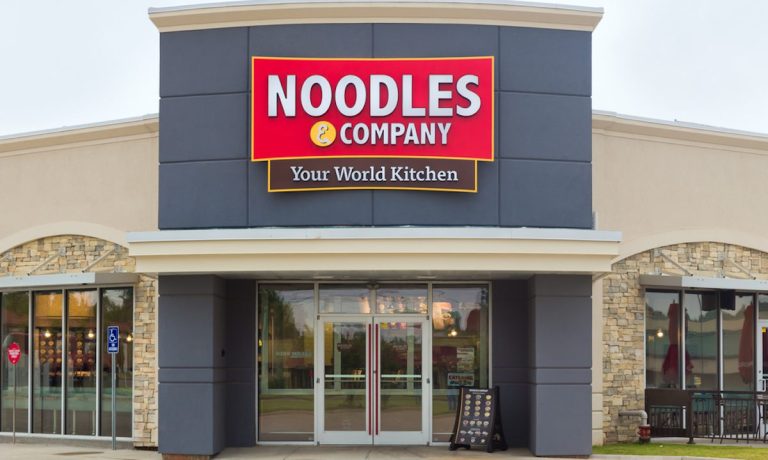Noodles and Company Says Consumers Expect Daily Perks Amid Inflation

As restaurant prices rise, consumers increasingly demand discounts to maintain their loyalty.
In an interview with PYMNTS, Stacey Pool, chief marketing officer at fast-casual brand Noodles and Company, which has more than 450 locations across 31 states, discussed the demand for daily offers to keep customers coming back. The brand launched its “Extra Goodness” program earlier this month, offering new discounts and giveaways each day.
“One thing that we found is that most of our members said, ‘We would come more often if we felt like we were getting something every time we come,’ and it doesn’t necessarily mean that it has to be the same thing every single time,” Pool said. “This was all really driven by what our rewards members were telling us would engage them and would get them to come back more often.”
Certainly, deals and perks are relevant to consumers now as restaurant prices increase and inflation finally overtakes grocery, exacerbating consumers’ existing outsized perceptions of menu prices.
For instance, research from “The 2022 Restaurant Digital Divide: Restaurant Customers React to Rising Costs, Declining Service,” for which PYMNTS surveyed more than 2,300 U.S. restaurant customers in November, found that consumers estimated restaurants’ price increases at 24%, roughly three times the government-measured rate at the time.
Amid these real and perceived skyrocketing prices, discounts can be key to maintaining consumer loyalty. Research from PYMNTS’ March study “Connected Dining: Consumers Like the Taste of Discount Meals,” which drew from a survey of more than 1,800 U.S. consumers in February, found that only 42% of the population is willing to pay full price to eat at a restaurant they used to call their go-to spot.
One way that brands are handling this is by launching (or reviving or refining) subscription programs, offering daily benefits for a set monthly rate. Yet, rather than generating recurring revenue from its daily perks, Noodles and Company is giving them away to members of the brand’s free loyalty program.
“People really do feel that we can surprise and delight them with … perks like [these], rather than having to pay for it or rather than having to subscribe to anything,” Pool said. “They’re already part of our program. They’re already a really loyal member to us.”
Indeed, loyalty programs can go a long way in this inflationary period. The March Connected Dining study found that 51% of consumers use loyalty programs in at least one restaurant, and 39% of consumers who received a discount on their last restaurant purchase cited the brand’s loyalty program as a key factor influencing their decision of where to eat.
Plus, daily benefits can be a powerful way to reach restaurants’ most loyal customers. Research from PYMNTS’ study “Digital Divide: Restaurant Subscribers and Loyalty Programs,” which drew from a survey of more than 2,000 U.S. adults, found that 78% of restaurant subscribers and 73% of those interested in subscriptions reported being very or extremely loyal toward their preferred quick-service brands. Conversely, just 41% of those uninterested in subscriptions said the same.
Pool said the daily perks model will continue to be a powerful motivator even when cost pressures ease.
“It’s actually a broader trend that’s been going on,” she said. “We did this research probably 18 months ago. It’s definitely not associated to the inflationary pressures. … What [consumers] expect is that, because they are so loyal to your brand, they should be treated that way.”